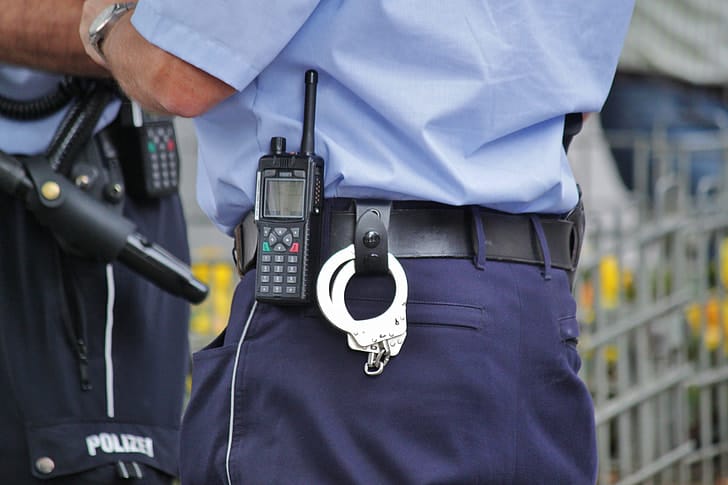Critical Security Flaw Exposed: Police and Military Radio Encryption May Be Easily Breached
A shocking revelation has emerged from the cybersecurity community that could fundamentally compromise law enforcement and military operations worldwide. Security researchers have discovered that widely-used encryption protocols designed specifically for police and military radio communications contain vulnerabilities that could allow malicious actors to intercept sensitive transmissions with relative ease.
The Vulnerability That Changes Everything
The encryption standards in question, primarily the Digital Mobile Radio (DMR) and Project 25 (P25) protocols, are used by thousands of police departments, fire services, and military units across North America and Europe. These systems were designed to replace older analog radio communications with secure digital alternatives, but recent analysis suggests they may have created a false sense of security.
Security researchers at various institutions have demonstrated that these encryption methods can be compromised using commercially available software-defined radio (SDR) equipment costing less than $200. The techniques, while requiring some technical expertise, are far from the sophisticated nation-state level attacks that authorities typically prepare for.
How the Breach Works
The vulnerability stems from several fundamental weaknesses in how these radio systems implement encryption:
Weak Key Management: Many systems use predictable or insufficiently random encryption keys, making them susceptible to brute-force attacks. Researchers found that some departments were using default keys that had never been changed from factory settings.
Protocol Flaws: The underlying protocols contain design weaknesses that allow attackers to extract encryption keys from transmitted data. In some cases, the radio systems inadvertently broadcast key information in unencrypted headers.
Implementation Issues: Even when the encryption algorithms themselves are sound, poor implementation by radio manufacturers has created additional attack vectors.
Real-World Implications
The ramifications of this discovery extend far beyond theoretical security concerns. Law enforcement agencies routinely discuss ongoing investigations, tactical operations, and sensitive intelligence over these supposedly secure channels. Military units coordinate movements and share classified information using the same vulnerable systems.
In one documented case, researchers were able to monitor police communications during a drug enforcement operation, potentially compromising officer safety and operational integrity. Similar vulnerabilities could allow criminals to anticipate police responses, evade capture, or target officers.
For military applications, the stakes are even higher. Enemy forces could potentially intercept troop movements, supply logistics, and strategic communications, fundamentally undermining operational security.
The Scale of the Problem
The scope of this vulnerability is staggering. An estimated 80% of U.S. police departments use P25 radio systems, while DMR has been adopted by agencies across Europe and other regions. This represents potentially millions of radio units worldwide operating under compromised security.
Major manufacturers including Motorola, Harris Corporation, and Tait Communications have produced equipment using these protocols. While some vendors have begun releasing patches and updates, the distributed nature of these systems means that many organizations may remain vulnerable for months or years.
Industry Response and Mitigation Efforts
Radio manufacturers and standards bodies are scrambling to address these revelations. Several companies have released emergency patches, while others are developing next-generation encryption protocols designed to address the identified weaknesses.
However, upgrading these systems presents significant challenges. Many organizations operate on tight budgets and cannot immediately replace expensive radio infrastructure. Additionally, any transition must maintain interoperability between different agencies and systems.
Some immediate mitigation strategies include:
- Regularly updating encryption keys
- Implementing additional layers of operational security
- Limiting sensitive communications over radio channels
- Deploying encrypted cellular or satellite alternatives for critical communications
Looking Forward: Lessons for Critical Infrastructure Security
This revelation serves as a stark reminder that security through obscurity is no substitute for robust, well-tested encryption. The assumption that specialized, proprietary systems are inherently more secure than open standards has been thoroughly debunked.
The incident also highlights the need for regular security audits of critical infrastructure, particularly systems that protect public safety and national security. As cyber threats continue to evolve, so too must our approach to securing the communications that our first responders and military personnel depend on.
Organizations using these vulnerable systems must take immediate action to assess their exposure and implement available mitigations while planning for longer-term security upgrades. The window for addressing these vulnerabilities may be rapidly closing as knowledge of these exploits spreads through both legitimate research communities and potentially malicious actors.
